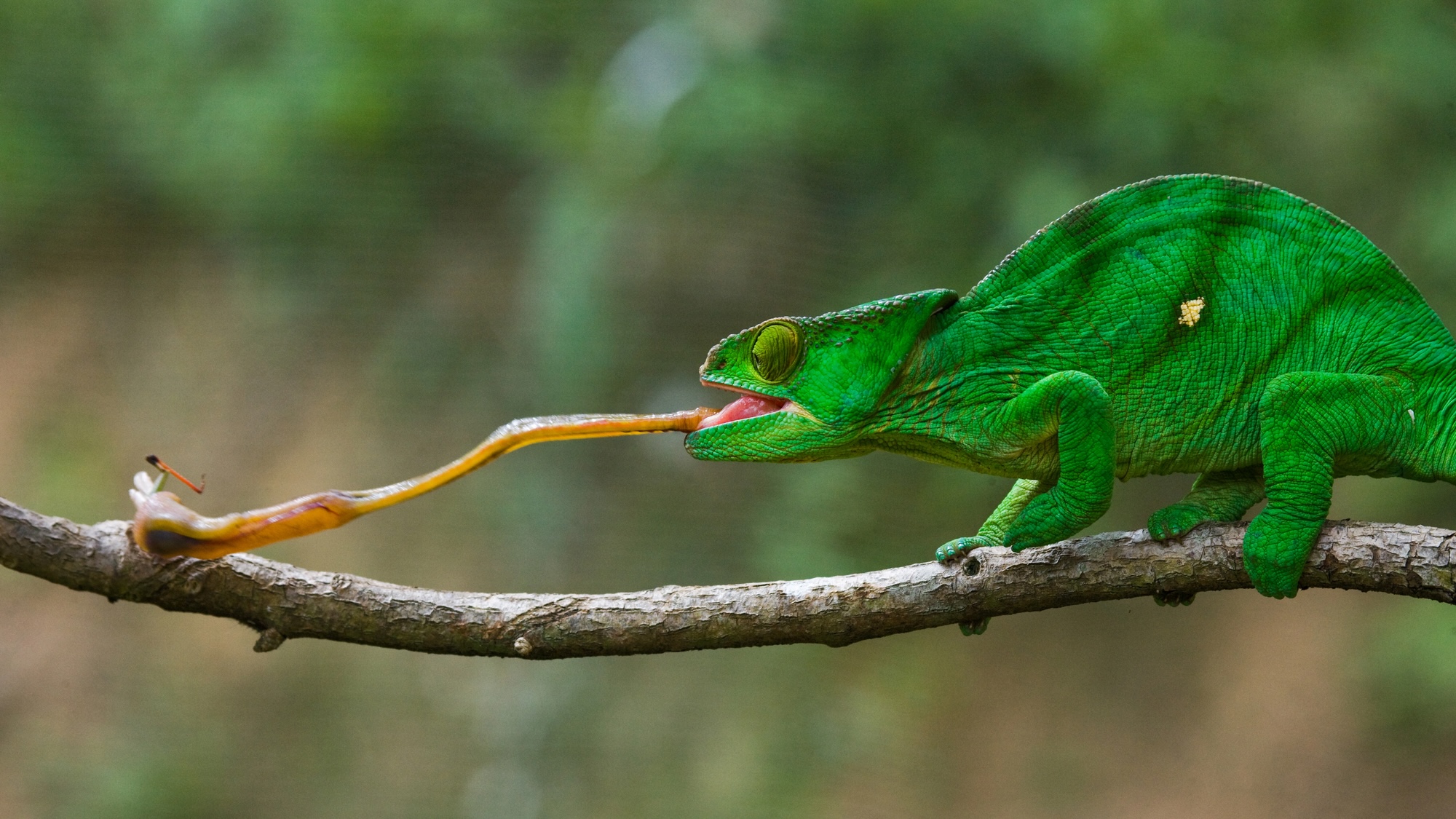Now Reading: Chameleon’s Tongue Mechanism Could Inspire Blood Clot-Clearing Robots
-
01
Chameleon’s Tongue Mechanism Could Inspire Blood Clot-Clearing Robots
Chameleon’s Tongue Mechanism Could Inspire Blood Clot-Clearing Robots

Quick Summary
- Researchers from the University of South Florida have studied the biological mechanics of chameleon and salamander tongues, which utilize a “ballistic tongue” mechanism to snag prey at high speeds-up to 16 feet per second.
- Despite differing habitats (chameleons favor warm climates, while salamanders thrive in moist environments), both species independently evolved a similar tongue-firing architecture using ordinary tissues, tendons, and bones.
- This breakthrough research comparing side-by-side video analysis spanning over a decade reveals that their mechanisms demonstrate remarkably efficient energy transfer across wide body size differences.
- Experts envision engineering applications inspired by these tongues,such as tiny medical devices for clearing blood clots or tools for retrieving objects in disaster zones or outer space.
Indian Opinion Analysis
This study highlights how interdisciplinary approaches combining biology and technology can uncover efficient natural designs with practical implications for areas like medicine and engineering. For India-a leader in frugal innovation-bio-inspired advancements could support solving healthcare challenges like affordable medical device manufacturing or environmental preservation efforts like space debris management without exhaustive resources. Future collaborations integrating native Indian ecological studies might further expand bioengineering possibilities rooted in nature’s ingenuity.

























